
Glasses were the only option before the 1950’s for correcting one’s vision. After the 1950’s the contacts became rather popular, however, not everyone took to them. This was due to the price and comfort. Nowadays there are a number of ways in which you can correct your vision through methods such as LASIK and PRK. This works through using lasers to reform the curve of the eye's clear front surface called the cornea, this will evidently change the way the light rays go into the eye. The other method is to insert artificial lenses into the eye which can also work to change light rays entrance to sharpen one’s sight.
The Development of Corrective Eye Surgery - Radial Keratotomy
The evolution of the surgical methods to correct sight has adapted in a rapid rate. Firstly in the US there was a treatment called Radial Keratotomy which involved cutting spoke-like openings to flatten the eye's exterior to correct nearsightedness issues. Unfortunately this did cause a number of side effects.
The Development of Corrective Eye Surgery - Photorefractive Keratectomy
The initial successful laser surgery was called Photorefractive Keratectomy, it was used to get rid of tissue from the eye's surface to alter the curvature of the cornea. This treatment got FDA approval in the year 1995 although it was performed outside of the US for a number of years prior to that. This procedure is still used today because it has proved to offer very similar results to Lasik. Studies have shown that the nerve regeneration in the eye's surface materializes earlier with Photorefractive Keratectomy than with LASIK after a procedure. As the Photorefractive Keratectomy is known as a surface process it does not cause risk because there are no complications to the lifting of a flap. If someone’s cornea to too thin for Lasik it seems Photorefractive Keratectomy is a good option.The Development of Corrective Eye Surgery –LASIK
With this treatment there is very little discomfort following the procedure and the person’s vision is clear within the space of a few hours. The Lasik process involves making a very thin hinged flap in the slim outer covering called the epithelium, this is done so the laser can do its job. There are a few different types of Lasik, for instance there is Epi-LASIK which uses a particular cutting tool to lift the flap. There is also one called Bladeless, Blade-Free, or All-Laser LASIK which means that they use no mechanical cutting tool to create the flap.



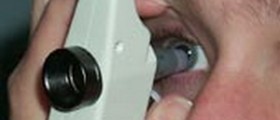
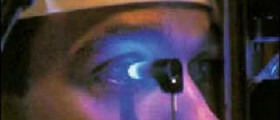


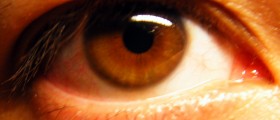
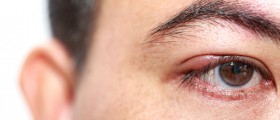
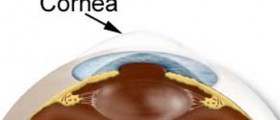
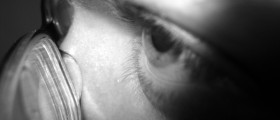

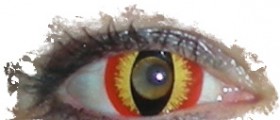




Your thoughts on this
Loading...